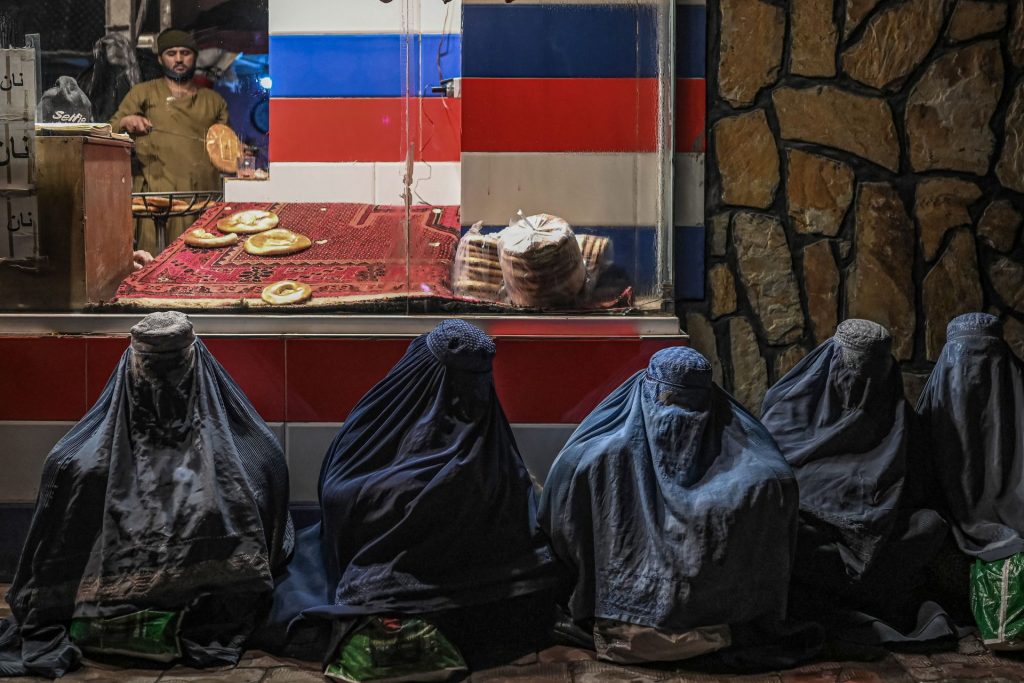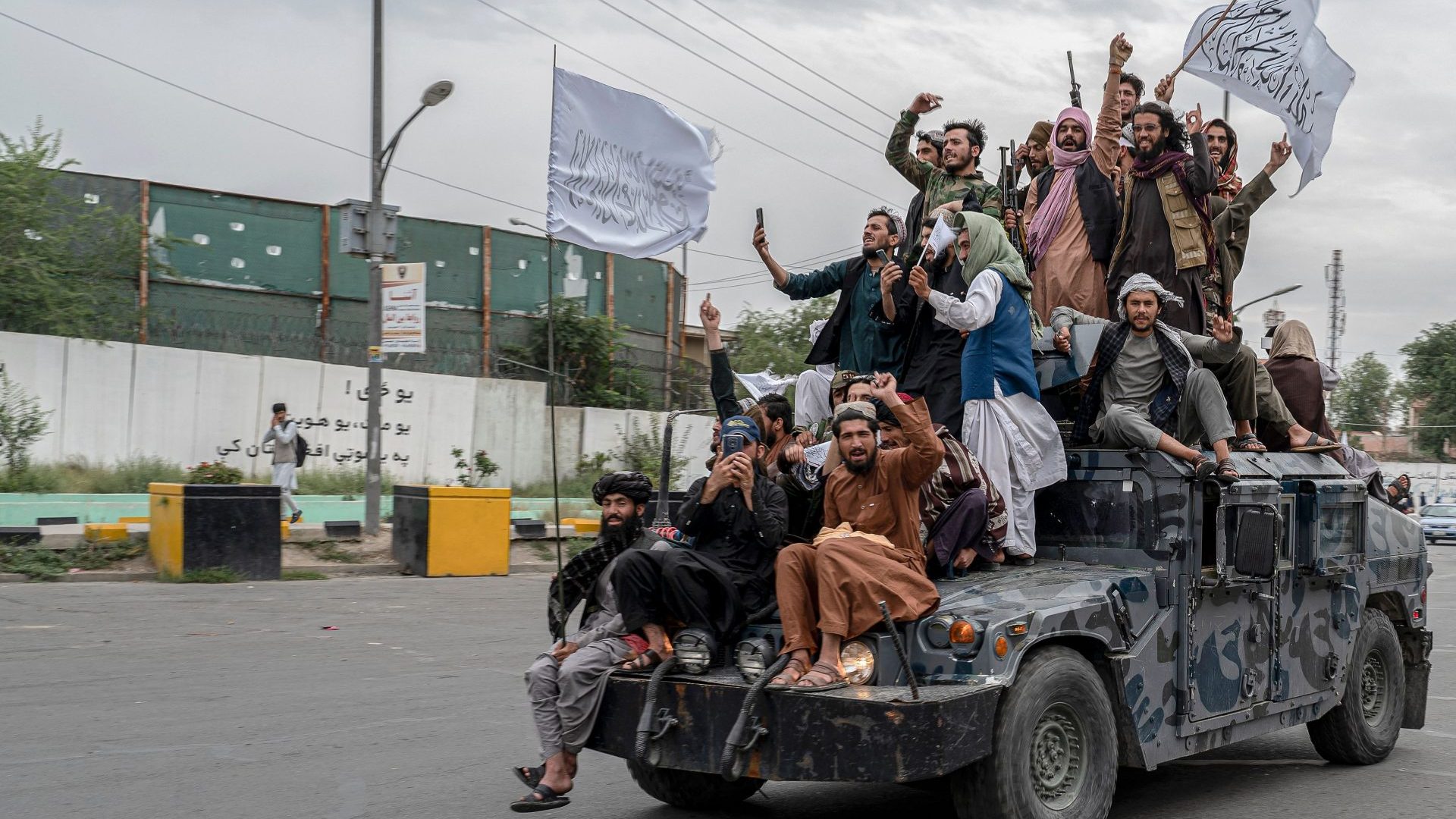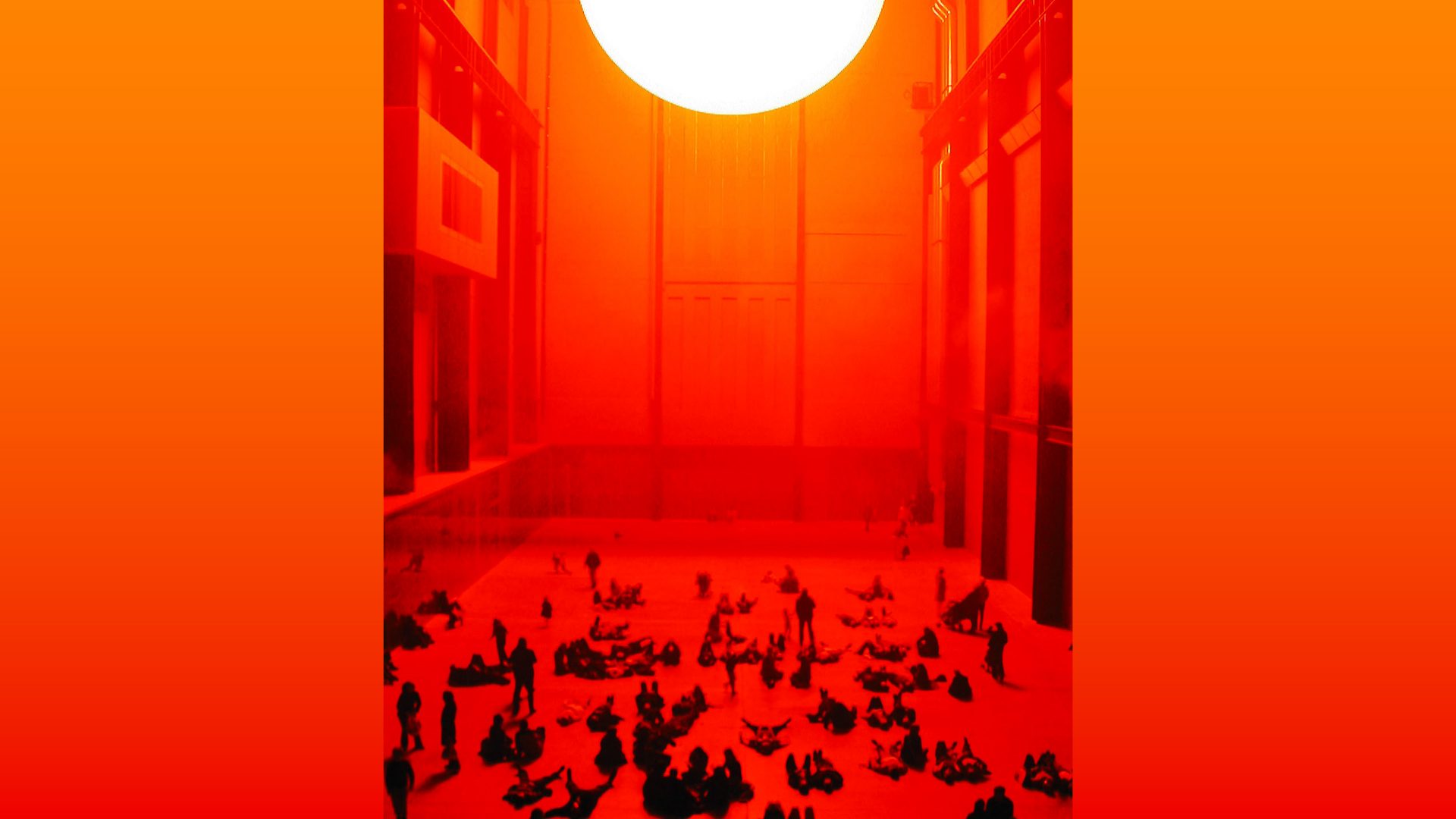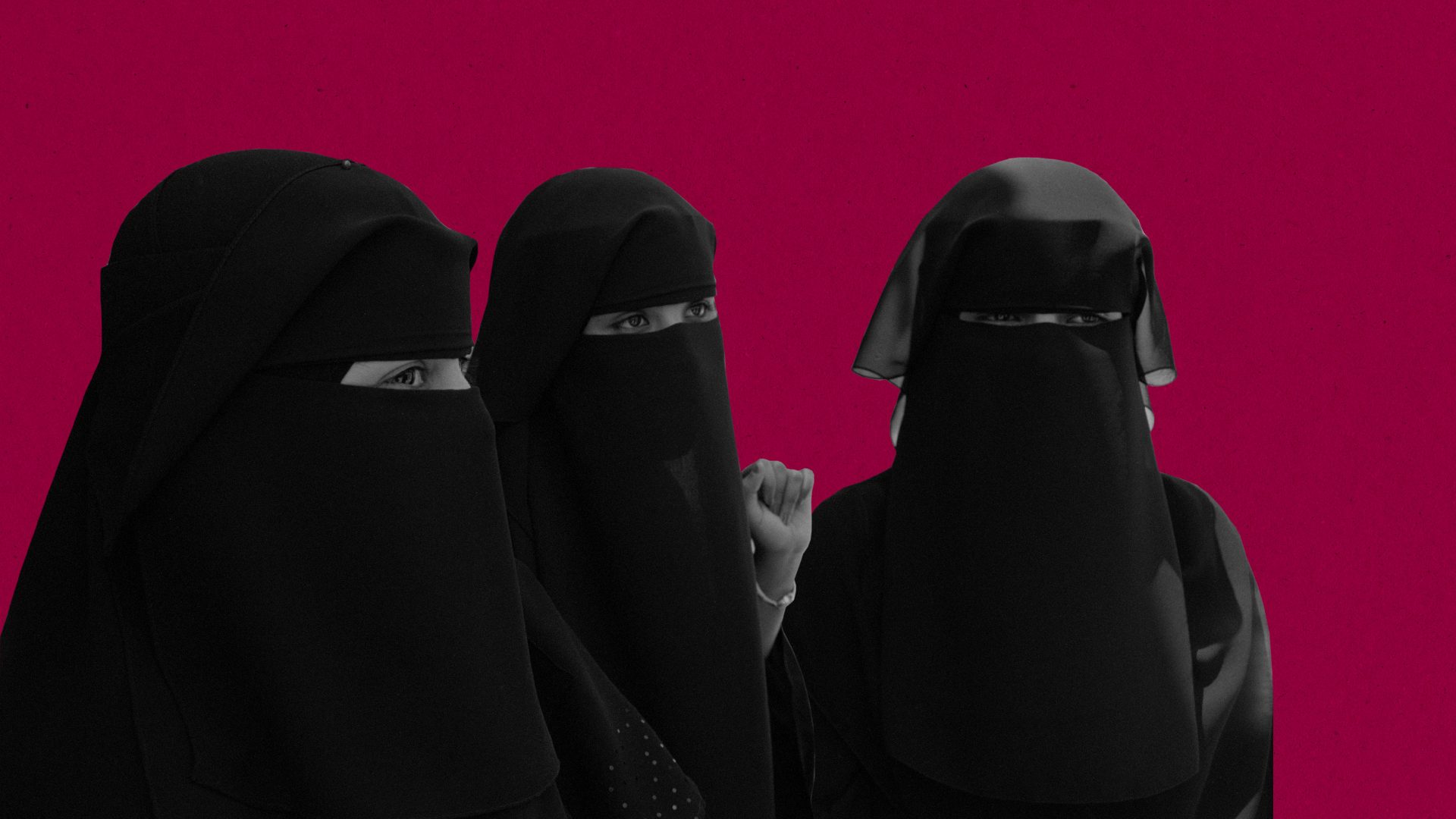The first thing you notice when arriving in Kabul now are the white flags of the Taliban’s emirate, fluttering in the early morning breeze. With their black Arabic lettering extolling the Almighty, they are everywhere – at the airport, along the roads, atop bridges, buildings and checkpoints. There’s not much traffic and hardly any people to be seen now in a city that was once gridlocked and calamitous all day every day, except on those frequent occasions when a Taliban suicide attack or bombing or siege brought things to a standstill. Then people would wait for the police to give the all clear and the body count would begin.
Everywhere, there are young men with long hair and sparkly coloured caps, wearing tunics and pantaloons, automatic weapons slung over their shoulders. In the heat of the day, they lazily wave cars through checkpoints, barely bothering to rise from their plastic chairs. At night, they are more vigilant, stopping vehicles to check who is driving, to ensure the men and women inside are related, and to search the trunk.
Kabul is no longer a bustling, rambunctious, gleeful city. The restaurants and cafes are quiet, the shops are empty, no one has anywhere to go. Some people are walking with purpose, some are pushing barrows of fresh produce, or buying it. The market places are shrunken. The faces of mannequins in the windows of stores selling women’s clothing are covered, on billboards they are defaced.
Small groups of women walk together; many are covered head to toe in the black chador and hijab, which has become the fashion; some dress as they did before the Taliban takeover, in skinny jeans and thigh-length coats and coloured headscarves. Some even go to work. But they are very few and they do so furtively, fearfully, as they know the Taliban could kill them for being so bold. The Taliban have killed many hundreds of people since they returned to power. They’ve detained, tortured, raped and disappeared many more. They pick people up and hold them whenever they want – as I was to find out at first hand.

Most of Kabul’s construction sites are no longer the hives of activity they were before the collapse of the Afghan republic on August 15 last year. There is little money to keep them going and only one or two are still active. In a sign of the dire state of the economy, they are surrounded each day by hundreds of men waiting and hoping for a day’s labour. The pittance they earn will at least buy them some bread to take home for their families.
The corner bakeries are the saddest sites. They are everywhere, small, jolly, brightly painted stalls with big glass windows and glowing lights, little pockets of promise that smell like heaven. Huge discs of bread would usually be piled high throughout the day, 10 afghanis (about a penny) each, and the sight of children or their dads carrying a pile between the sheets of a newspaper, hot from the oven for breakfast, lunch or dinner was almost as lovely as seeing groups of girls heading to or from school in their uniforms of black salwar kameez and white headscarf.
Now, of course, the secondary schools are closed to girls. Afghanistan is the only country in the world where girls cannot go to high school and, as a result, university. The bakeries are charging the same price for their bread, but now it’s just a third of the size it was a year ago. Women in blue burqas sit under trees nearby, shading from the sun as they wait for the kindness of strangers who might give them bread for their children, who play nearby. One resident told me he’d been attacked in the street for the bread he was carrying home. Hunger riots cannot be too far off as the Himalayan winter approaches.
The Taliban have just celebrated a year in power. Few other people in Afghanistan have much to celebrate. Things were tough before, people were poor, children were hungry, the government was corrupt, the war raged.
In the year since the Taliban returned to power, Afghanistan has been plunged into such destitution that people are selling their children and their kidneys for money to buy food. It was never like this. It was no paradise. But now it is hell on earth.
That became immediately clear to me when I returned to Afghanistan earlier this year, the first time I had visited under Taliban rule. The rules for journalists entering the country are strict, and I played by the rules. I had a valid media visa and, as instructed, presented myself at the foreign ministry to register as a visiting foreign correspondent. There I met a man who calls himself Abdul Qahar Balkhi, which is not his real name. He is a New Zealand citizen, who still travels on his New Zealand passport. His family lives in Hamilton.
Balkhi was brutally direct. He said that the Taliban’s intelligence agency did not recognise me as a journalist, and accused me of making up stories and sources. He called me a “white supremacist colonialist”. He threatened to have me killed.
In the 20 years following the US invasion of 2001, Afghanistan was funded by trillions of western dollars, accounting for up to 80% of the national budget. That money built up the military and police forces, and paid for health and education, roads, schools and hospitals. Millions of children, including girls, went to schools that no longer taught boys maths by counting bullets. A constitution guaranteed freedoms and equality for all. Women were employed at all levels of government, started their own businesses, studied abroad and came home to build their country. The media was free, feisty, and paid for with a billion dollars in US government largesse.
But the Afghan government was corrupt beyond imagining. Opium was the biggest cash crop. Warlords wore solid gold Swiss watches and commanded private armies. Misogyny ingrained in the conservative Islamic culture was difficult to shift. Successive presidents Hamid Karzai and Ashraf Ghani were moody, unpredictable, arrogant, incompetent autocrats. Still, as the saying goes, they may have been bastards, but at least they were our bastards. People generally bought into the democratic experiment imposed on Afghanistan.
The war against the Taliban killed tens of thousands of Afghan fighting men, and tens of thousands more civilians. Pakistan helped the Taliban with funding, weapons, fighters and safe havens, even while accepting American aid. It was a policy of “strategic depth”, which really meant making sure that the government in Kabul was friendly towards Pakistan and not too close to India. India, by the way, poured a billion dollars into infrastructure and hospitals, which were staffed by Indian doctors. Many Afghans now speak Hindi from watching Bollywood movies. Soft power worked.
But Donald Trump, eager to undo all that had been done by Barack Obama, saw votes in ending the Afghan conflict. He bypassed the Kabul government, his allies and all of those Afghans who had been told that the West would never abandon them, and went direct to the Taliban with a deal that amounted to an offer of surrender. On February 29, 2020, the two sides signed an agreement in which Trump promised to pull out all US troops, and the Taliban promised not to kill any before they left. They also promised to cut ties with al-Qaida and other things they have since ignored.
The Taliban now blames the West, specifically the United States, for the problems they have no capacity to fix. They continue as they always have, looting the country’s assets and extorting payments they call taxes.
They blame the United States for freezing the country’s central bank reserves, but in negotiations over that money they have rejected the idea of independent auditing to make sure they do not steal it, as they have done with so much other aid. Any trust that the western alliance had in the Taliban vanished on July 31, when a US drone strike on a house in Kabul killed the leader of al-Qaida, Ayman Al-Zawahiri. The Taliban, absurdly, claim they had no idea he was there.
I spent years in Afghanistan covering the war as a resident correspondent. In 2021, I went back, for what became the final three months of the war. I was chased across fields by Taliban gunmen, and branded a “high-value target” for stories I had written about their behaviour.
The Taliban were responsible for forced marriages and sex slavery, killing journalists and closing media outlets, forcing women out of work and into their homes, and for battlefield mutilations. I reported on all of this.
As their military onslaught across the country began, it became clear that they never intended to share power with the government in Kabul. On August 15 2021, just hours before the Taliban entered the capital and declared a military victory, I was on a flight out. In July this year, for the first time since the Taliban reclaimed power, I travelled to Afghanistan again to see for myself what the country had become.
It was worse than I could have imagined. The day after my meeting with Balkhi at the Taliban’s foreign ministry, during which he threatened to have me killed, I received an order from Ahmad Zaheel of the Taliban’s intelligence agency instructing me to meet him face-to-face to discuss my “crimes”. I told him that Balkhi had already ordered me to leave the country, that I’d booked a flight and was preparing to go. Zaheel replied that unless I met him, he would have the borders closed and make sure I was not permitted to leave.
Four Taliban men, one carrying an automatic weapon, turned up at my guesthouse and took me to their headquarters. My phone was never taken from me; I live-texted the entire experience. They shouted at me, accused me of making up stories and sources, took specific exception to two articles – one on the Taliban forcing women and girls to marry their fighters, and the other on the plight of LGBTQ Afghan people. “There are no gays in Afghanistan,” one of my kidnappers shouted at me. They asked me why I call them extremists and terrorists, and forced me to use my Twitter feed to confess that my stories were made up. They also forced me to make a video confession. They detained my driver and held him for three days, tortured him and deprived him of sleep.
There were darkly comic moments. I’d told my captors that they would look silly if they made me make a false confession. They debated the word silly before insisting that I do so anyway. During my video they wanted me to say I had not been coerced. I did as they instructed, but I tied my hijab around my neck like a noose as I said it. At one point, I had several people dialled in on my phone. “Are you in any danger?” one of them asked me. I turned to one of my captors and asked: “Excuse me Mr Zaheel, am I in any danger?” “No,” he said. “We have the aircon, you have tea, what more do you want? You’re not in any danger.” When I was dropped back at my guesthouse I waved and said goodbye, and told them to look up the meaning of Stockholm Syndrome.
After I left the country, “Balkhi” tweeted that I had left of my own accord after voluntarily admitting that my stories were all false. Two days later, the chief spokesman for the Taliban tweeted that I had entered the country illegally, and accused me of being a spy who had posed as a journalist. I’d been hunted down, he said, and expelled from the country. All of which was untrue.
I am lucky to be free. Many thousands of Afghan journalists, civil society activists, women, Shiites, Hazaras, Panjshiris and Tajiks have been detained, tortured, and killed. There are no smiles in Kabul. There is little to smile about. It is a desperate and desperately sad place now.
The people I know who live in the city, no matter what they do or used to do before jobs evaporated, live in terror. For many women, life is no longer worth living. They feel caged, suffocated, drained. Their hopes for their own futures, and those of their children – whether boys or girls – are gone.
Afghanistan is now just a place to leave, run by brutal men who believe they have God on their side, but prove by their every action that they have nothing on their side but pain, violence and death.
Lynne O’Donnell is a columnist at Foreign Policy. She was the Afghanistan bureau chief for Agence France-Presse and the Associated Press 2009-2017



